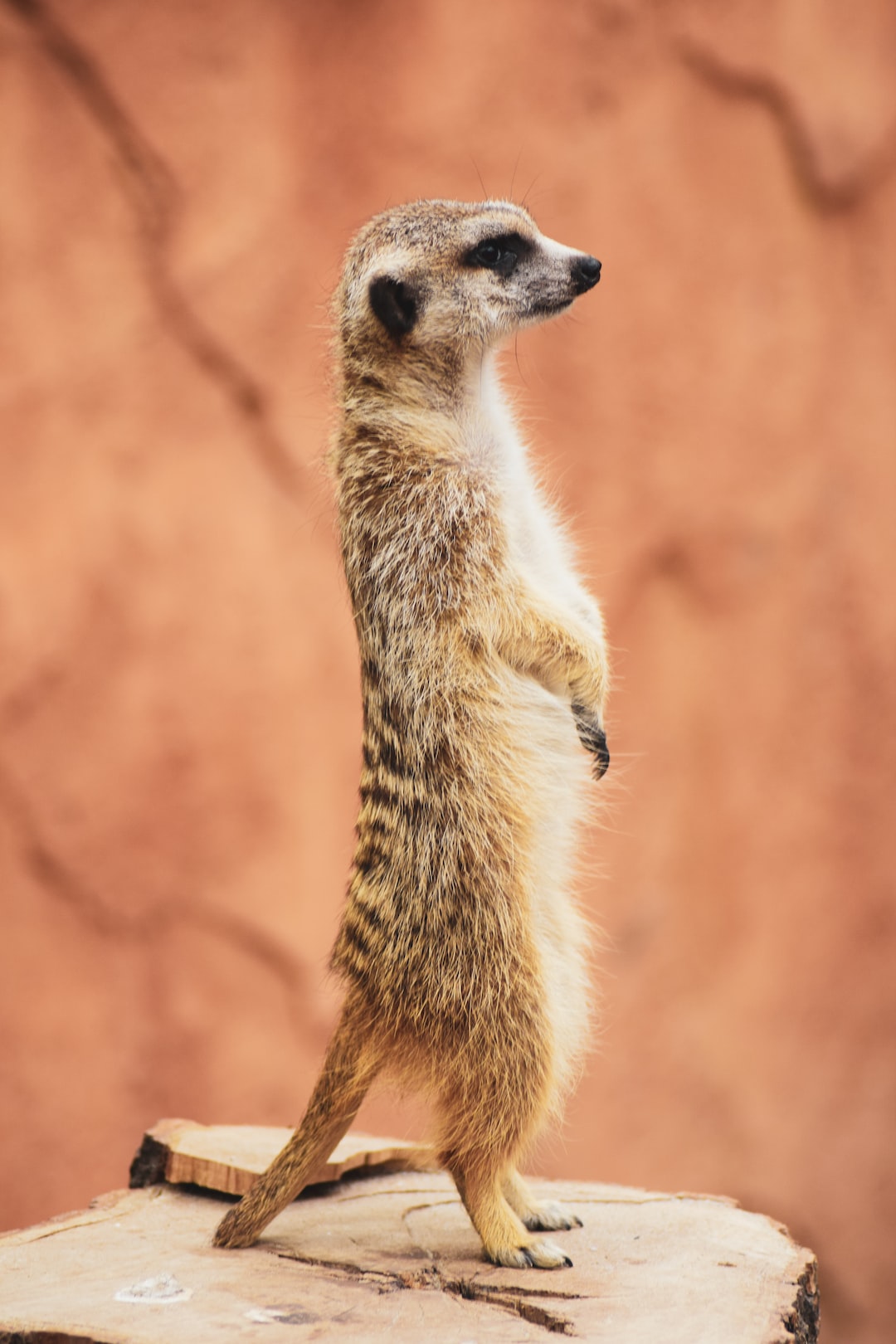Animals, just like humans, have the ability to communicate with each other. It is an essential skill for their survival in the wild. Communication comes in various forms, including visual and auditory signals, chemical cues, and tactile gestures.
Visual signals are the most apparent form of animal communication. Different species use different forms of visual communication. For instance, animals such as deer and antelopes use visual signals in the form of body language to communicate with others, usually as a way of warning or mating ritual. Conversely, animals such as bees use intricate dances to communicate with each other. These dances convey information about the location of food sources.
Apart from visual signals, animals use auditory signals to communicate. They emit sounds that can range from low-frequency grunts to high-pitched whistles. These sounds carry vital information about food, danger, and mating calls. For instance, lions and other big cats use loud roars as a way of marking their territory, signaling their presence, and to attract mates.
Chemical signals are another crucial aspect of animal communication. Animals like insects use pheromones, which are chemicals released into the air to communicate. Pheromones can be used to mark territories or convey information about mating readiness. For example, when a female moth is ready to mate, she releases pheromones that are detected by the male moth, who responds by flying towards the female.
Lastly, animals use tactile gestures to communicate. Tactile communication involves touch, and it is a common form of communication among primates and other social animals. A classic example is grooming, where primates use touch to remove dirt and parasites from each other’s fur. Grooming is crucial in these animal societies as it helps establish social hierarchies and bonds between members.
In conclusion, animal communication is a vital aspect of their survival in the wild. Through various forms of communication, animals can convey essential information about food, danger, and mating rituals. Communication also plays a crucial role in animal societies by helping to establish social hierarchies and bonds between members. Understanding animal communication is crucial for scientists and conservationists in preserving animal populations and their ecosystems.

